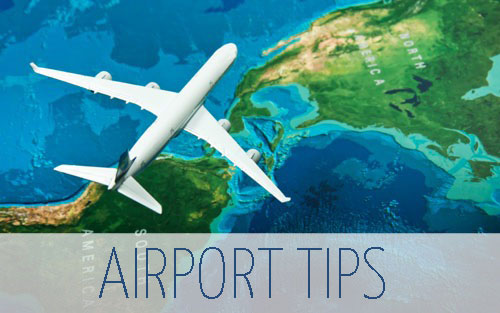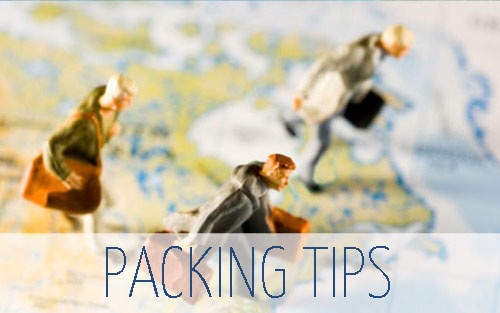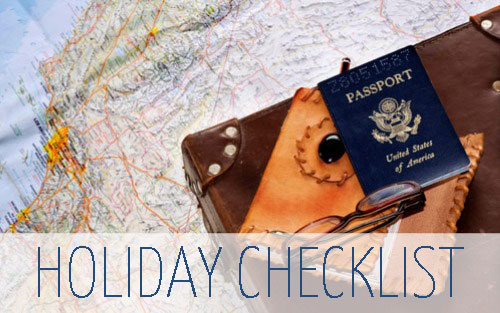Climb Mount Kilimanjaro
5,891 metres of pure adventure.
Mount Kilimanjaro. Highest peak in Africa and the tallest free-standing mountain in the world, shrouded in cloud and offering unrivalled views of the vast and enchanting Tanzanian grassland below. The sheer size of Kilimanjaro has made it a dream destination for climbers the world over; yet this this majestic peak is also one of the most accessible. Whatever your level of experience, get ready to experience the best view on earth.
Kilimanjaro: The Friendly Giant
If you've got your heart set on conquering Kili (as it's affectionately known by climbers), the good news is that while the mountain is - by anyone's standards - immense, no part of the ascent need involve actual climbing in the true mountaineering sense. The path leading to the summit is essentially a road, so if you're picturing yourself in multiple harnesses, scrambling your way against a vertical slope, think again. In this respect, Kilimanjaro is a great option for those who want to take on a big landmark without necessarily having to undergo months of specialist training.
That's not to say that climbing Kilimanjaro is in any way an easy prospect. Reaching the summit will typically take 6-8 days, and you'll be on the move for most of that time. Altitude sickness is a very real concern for those who try to tackle the peak too quickly, and you'll need to ensure you have an experienced guide to see you safely to the top. But what could be more exhilarating than looking down over the African landscape having spent a week or more ascending through the cloud canopy?
When and How to Climb Kilimanjaro
Climbers come to Kilimanjaro all year round, but to enjoy the best conditions, we advise avoiding the rainy seasons of April-May and November-December. January and February are said to work out best in terms of visibility, and if you can travel at this time of year you'll also be able to avoid the busier academic holiday dates of the summer months, when larger groups of students will be making their journeys.
Since 1991, authorities in Kilimanjaro National Park have made it compulsory for all those wishing to ascend the mountain to sign up with a specialist guide - gone are the days when you could simply walk up with a rucksack and a load of determination. This means that you and your crew will need to be accompanied at all times: as well as a cook and porter; staff you will be thankful for a few days into your trek! This is a sensible precaution when one considers that deaths do occasionally occur on the long road to the summit, with altitude sickness being the main risk and the very rare threat of lightning strikes being another.
Peak Performance
Since you'll be needing to enrol with a specialist team of climbing experts for your African adventure, it pays to research options well in advance and find the company best suited to your preferences and needs. We'd advise you not to scrimp on the cost when considering who you want to see you up the mountain, as cheaper operators can cut corners that could endanger your health, or that of their workers. For example, we've heard of companies offering cheap tours that rush climbers to the top in as little as five days - highly ill-advised for all but the most experienced mountaineers who are equipped to deal with the altitude. Expect to pay at least £1000 for the guided trek element alone.
Finally, an important way to ensuring your Kilimanjaro experience goes as smoothly as possible is to up your fitness level as much as you can before setting out, ideally starting your training no later than two months before your departure. Remember, you could be walking for up to sixteen hours a day on the expedition itself, and at altitudes you're not used to, so anything you can do to prepare for that level of activity will make the climb more enjoyable and memorable for all the right reasons. Ultimate Kilimanjaro has a suggested training regime here.
Climbing Mount Kilimanjaro is a big dream that almost anyone can realise with relatively little training. Set your sights high and become one of the lucky few who've seen the world from its highest peak.
If you enjoyed this post like us on Facebook and follow us on Twitter or Google+.
Written by Abi Silvester, a London-based writer and editor with a passion for great food, fine wine, coffee and cats; always planning my next trip! Follow her on Twitter.
Add it to Your Bucket List
Latest posts
-
Wanderlust
April 11, 2024 02:37:52 pm -
Seven of the most sacred places in the world
February 6, 2024 09:29:42 am -
Prepare for take-off
January 24, 2024 04:52:06 pm -
Comparing airport lounges at Gatwick Airport
January 24, 2024 04:28:51 pm -
Iceland Travel Guide
January 19, 2024 03:46:46 pm



.png)


